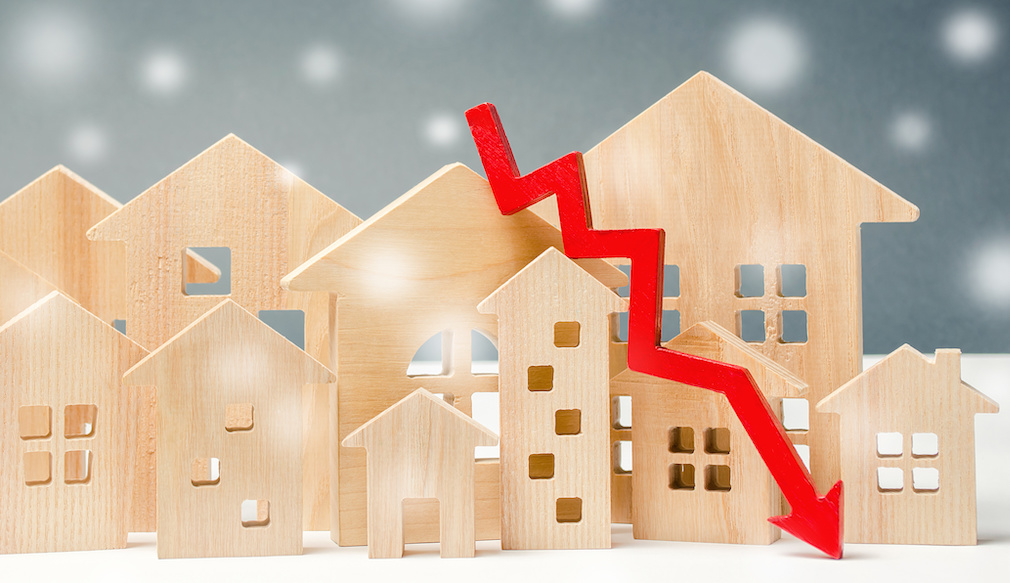As stay-at-home orders increased across the nation last month, it showed in the lack of homes for sale.
New listings fell 44.1% in April, as well as asking prices flattening and homes staying on the market longer, according to a new report from realtor.com,
While it’s worth noting that April is the first full month of data showing the impact from the pandemic, this decrease is only worsening the already struggling housing inventory.
As the report says, the Northeast was hit hardest by the pandemic and also saw the greatest decline in new listings – a whopping 59.4%.
The rest of the U.S. didn’t stray too far off, as the Midwest saw another 49.5% decline, a 44.1% decline in the West and a 31.4% decline in the south.
“The good momentum we saw at the start of the year has helped to somewhat insulate the housing market from the coronavirus’ negative impact on buyer and seller confidence across the U.S.,” said realtor.com Chief Economist Danielle Hale. “Although we saw sharp drops in new listings, an increase in the time it takes to sell a home and a flattening of prices in April, May is likely to see some of these metrics worsen.”
This makes the total number of homes for sale across the U.S. down 15.3% year over year, with April’s drop in inventory amounting to a 189,000 loss of listings compared to this time last year.
According to realtor.com, within the 50 largest U.S. metros, inventory declined 16% year over year with the biggest declines seen in the Milwaukee-Waukesha-West Allis, Wisconsin metro (down 46.1%); Philadelphia-Camden-Wilmington, Pennsylvania-New Jersey-Delaware-Maryland metro (down 38.7%); and Providence-Warwick, Rhode Island-Massachusetts metro (down 29.3%).
Meanwhile, for the homes that were on the market, they sold four days slower than in April 2019, selling in an average of 62 days. Realtor.com predicts it will only get longer.
During the week ending on April 25, homes spent an average of nine days longer on the market than in the same week the year prior. Metros with the greatest increase in days on market were seen in Buffalo-Cheektowaga-Niagara Falls, New York (up 24 days); Detroit-Warren-Dearborn, Michigan (up 22 days); and Pittsburgh, Pennsylvania (up 15 days).
Asking prices have remained stagnant, as the national median listing price only grew 0.6% year over year to $320,000, while March saw a price growth rate of 3.8%.
All of the nation’s most expensive large metros have seen newly listed homes drop by 40% or more. Some lower-priced large metros have seen large declines in newly listed homes, but others have seen much more moderate reductions. Of the nation’s 50 largest metros, 47 saw prices decelerate compared to March.
The most dramatic price declines were seen in Dallas-Fort Worth-Arlington, Texas (down 5.7%); Seattle-Tacoma-Bellevue, Washington (down 4.5%); and Chicago-Naperville-Elgin, Illinois-Indiana.-Wisconsin (down 4.4%).






